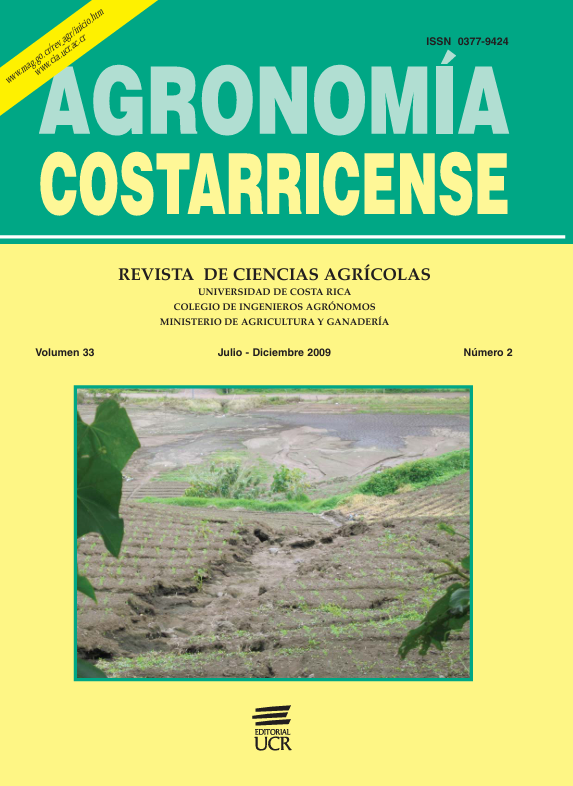Resumen
Este estudio evaluó 4 métodos de inducción de brotes epicórmicos (brotes laterales) en árboles de araucaria adultos (>20 años): a) poda de ramas en los 2/3 partes de la altura total, pero dejando ramas de 3 tamaños diferentes (2-3 cm, 20 cm, y 50 cm); b) estacas de 50 cm de largo de ramas con 30-60 mm de diámetro, que fueron colocadas unas en invernadero y otras a la sombra; c) brotes producidos en el tronco de árboles con poda baja; d) poda de la copa. Se observó que las ramas podadas a 20-50 cm fueron las que produjeron más brotes. Las estacas de 50 cm de largo en la sombra registraron más brotes que las del invernadero. Los troncos con poda baja produjeron entre 7 y 59 brotes, de los cuales 60% tenían un tamaño entre 5 y 37 cm. Un año después de la poda de copa, los brotes (>5 cm) fueron suficientes para cosecharlos. Se concluye que las ramas podadas a 20-50 cm de largo y los troncos con poda baja fueron los que produjeron la mayor cantidad de brotes, especialmente aquellos con crecimiento ortotrópico. Las estacas largas no resultaron eficientes para la propagación debido a su alta mortalidad y baja producción de brotes. La poda de copa presenta potencial, especialmente para la injertación, aunque la producción de brotes es baja.
##plugins.facebook.comentarios##

Esta obra está bajo una licencia internacional Creative Commons Atribución-NoComercial-SinDerivadas 4.0.
Derechos de autor 2016 Agronomía Costarricense


